Air Force Information Communication Brigade —
Network Coordination Tests Aggregation Efficiency

■ Zhao Weiguang, Zhang Han, PLA Daily Reporter, Li Jianwen
“Operators, take your positions!” Inside the communication command cabin, as soon as the directive from the control team was given, the operators swiftly rushed to their posts, and the construction of channels such as images was completed seamlessly. On the large screen at the other end, training exercise images were transmitted in real-time, establishing a comprehensive emergency communication command network.
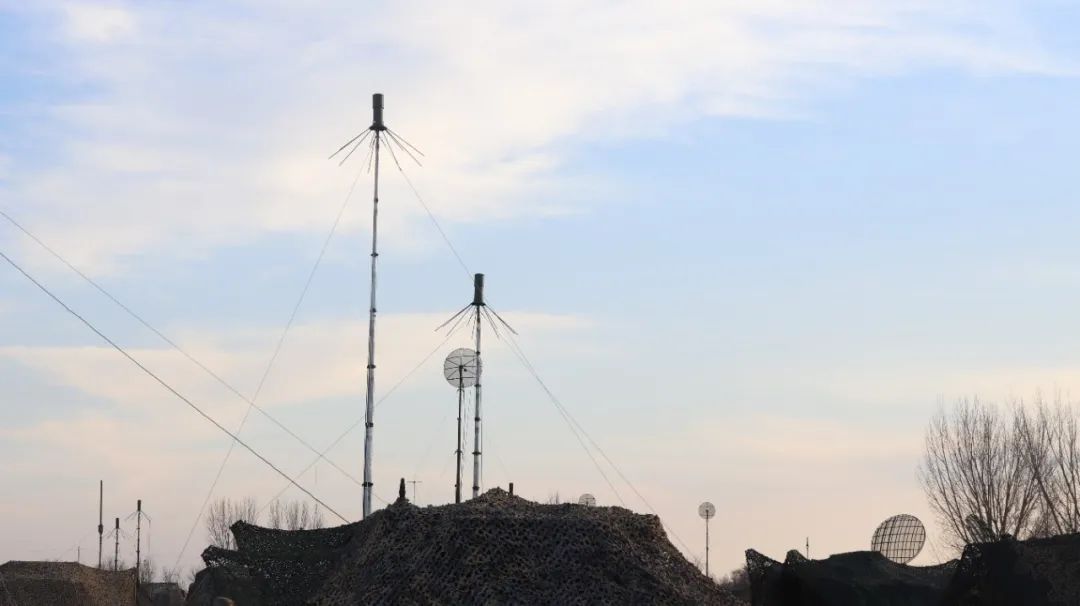
In early April, a multi-means, multi-platform coordinated training exercise was launched by the Air Force Information Communication Brigade, with officers and soldiers standing by with over a hundred communication devices. During the exercise, personnel from fixed and mobile stations closely coordinated, transforming from previously isolated operations to a networked system where each unit performed its role, achieving network coordination in communication.
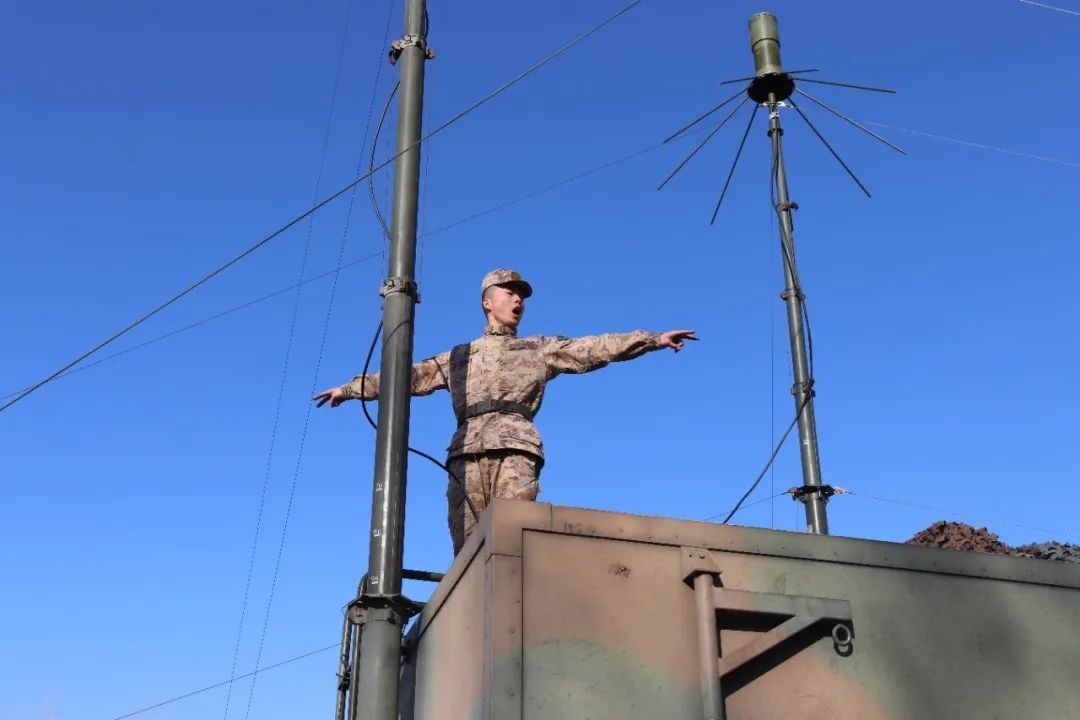
“Only by upgrading the station to a networked system and focusing on continuous innovation for system victory can we accelerate the formation of integrated operational capabilities,” said Gou Qinghua, deputy chief of staff of the brigade. In the past, some officers and soldiers lacked awareness of the system and means to construct networks, resulting in weak emergency response capabilities. To address this, they targeted their weaknesses and regularly organized training on various equipment operations in different scenarios, promoting full functional verification of equipment, comprehensive performance testing of interfaces, and integration of all elements into the network.
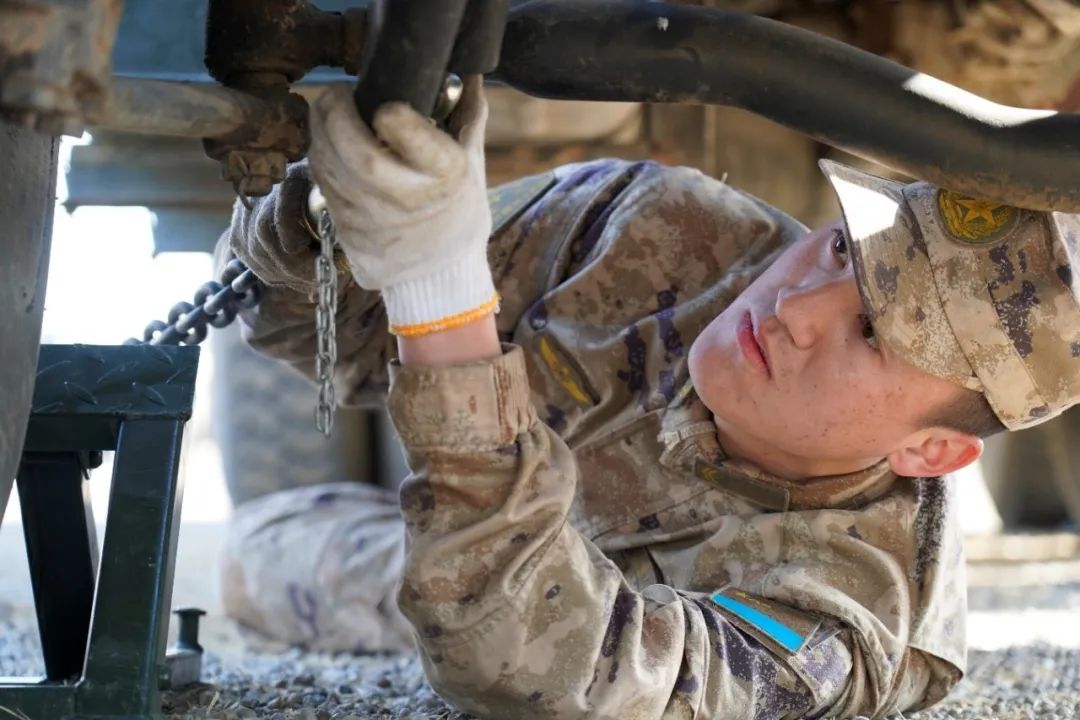
When encountering “enemy” strikes, emergency command replacements were executed; when faced with “enemy” interference, the system was rapidly restructured… The brigade closely monitored real combat requirements and continuously upgraded the difficulty of training exercises. In response to ongoing special situations, each station adapted to the challenges, closely cooperating to complete multiple tasks such as channel scheduling and parameter loading within the specified time, ensuring smooth information flow on the battlefield at all times.
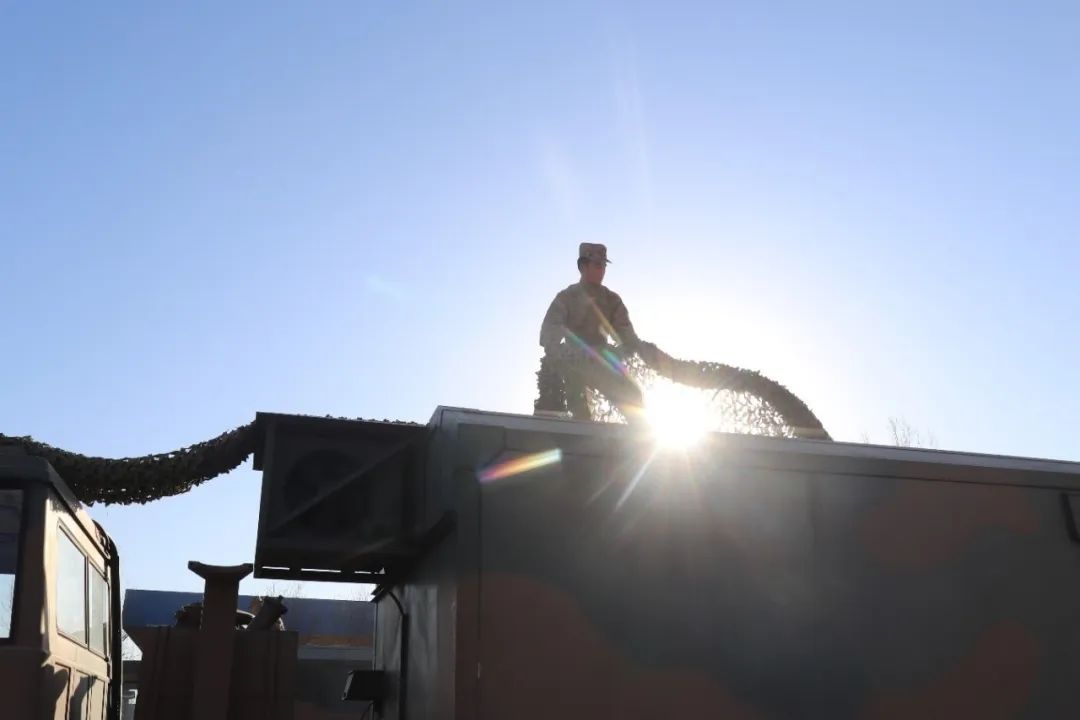
It is reported that the brigade broke away from conventional thinking, incorporating previously less addressed services and interfaces into the joint debugging plan, allowing officers and soldiers to timely fill in the “blind spots” in operations during system integration. Station chief Zhi Chencheng and business backbones from brother units explored effective methods together, which not only were validated during the training but also promoted as “golden ideas” for training.
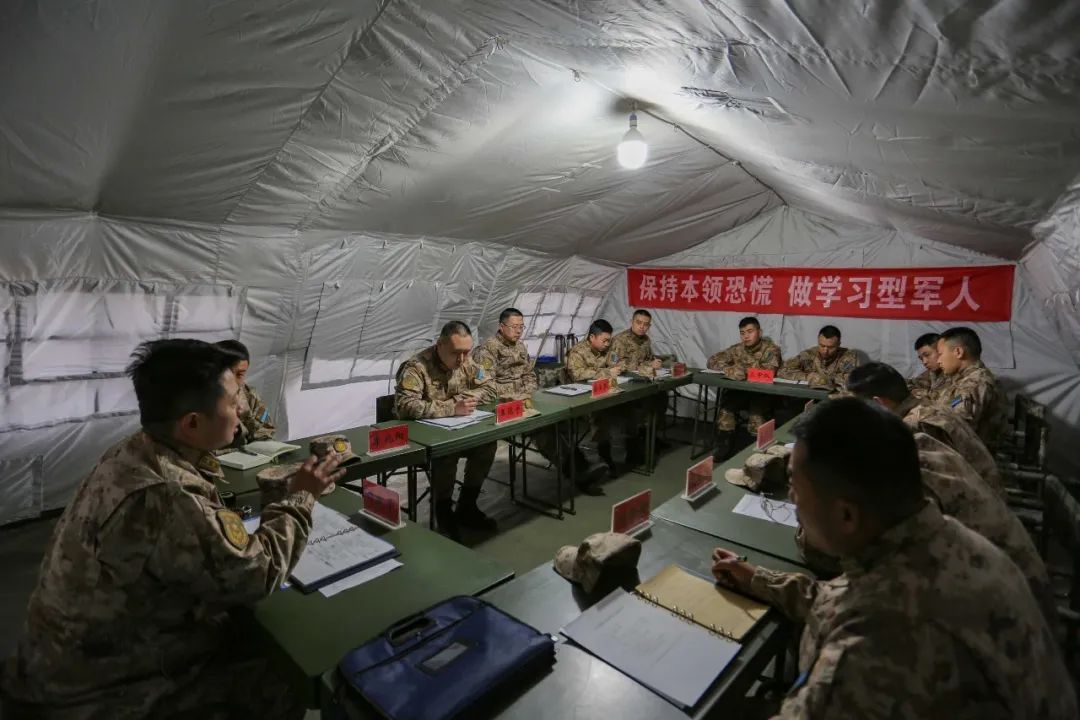
Through this training exercise, the brigade effectively enhanced its rapid response capabilities for multi-level coordination, interoperability of multi-network equipment, and coordination of personnel and equipment operations under combat conditions, laying a solid foundation for the unit to carry out its missions.

▲ Published on April 21 in the 3rd edition of PLA Daily
Photography | Tian Jianglin, Du Zhanbin, Zhou Shaochuan, Wang Fei, Deng Pengcheng
Source | PLA Daily, Learning Corps (ID: xuexijuntuan)

Supervised by: Ou Can, Zhang Xiaohui
Edited by: Yan Shan, Xie Fei
Responsible Editor: Zhou Zhou, Wei Qiao Qiao